Newsletter
Stay up to-date with the latest imaging, analysis and metrology news from Digital Surf.
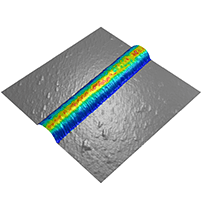
Researchers at the Structural Nanomechanics Lab at Dalhousie University in Canada have been investigating the nanomechanical behavior of Collagen I fibrils. Their study demonstrated that nanomechanical mapping can detect subtle changes in molecular dynamics and fibril architecture. This article explains how Mountains® software allows fine-tuning and detailed analysis of force volume data.
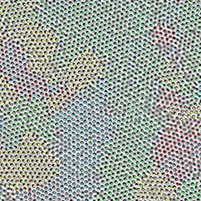
The Institute of Electronics, Microelectronics and Nanotechnology (IEMN) in France recently completed the “Dirac III-V” project investigating ways of producing Dirac electrons (electrons without any mass). This project called for the use of many different fabrication methods as well as a software program capable of bringing together and processing the different kinds of datasets generated.

A team of researchers at King’s College London worked on ways to improve the understanding of the erosive tooth wear process, and also investigated innovative techniques for clinicians to monitor and treat it.
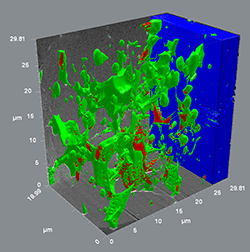
A research team based at JEOL France recently studied the composition of magnetic fields incorporated in direct current electrical motors. In this study, they used a FIB-SEM technique coupled with a specialized analysis software package, based on Mountains® technology.

Quartzite stone flakes were analyzed to better understand the use of prehistoric artifacts
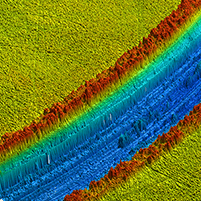
A group of researchers from the University of Ferrara, Italy, defined a general procedure to characterize surfaces and to evaluate their antimicrobial properties. Learn more about how they used Mountains® software in their study.
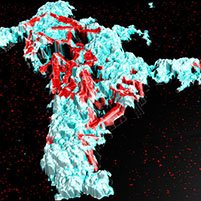
For this application, a research team at the LNE Nanotech Institute combined measurements from several instrument techniques including Atomic Force Microscopy (AFM) and Scanning Electron Microscope (SEM) equipped with a new-generation energy dispersive X-ray detector (EDX). They used MountainsLab® software to correlate the collected data and extract the relevant information.

The profilometer manufacturer Nanovea conducted a study of different pharmaceutical tablets in order to study their surface roughness. With the use of a profilometer, they measured the average surface roughness of three different tablet surfaces. The data obtained was then analyzed with Nanovea’s Professional 3D software based on Mountains® technology.
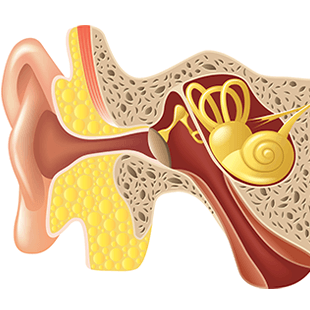
Incus bone erosion is considered a typical characteristic of advanced cholesteatomas (CHO), a pathology of the ear. Researchers at the Sapienza University of Rome explain how they used SEM image reconstruction technique to solve the mystery of this pathology and discover which cell erodes the middle ear incus bone.
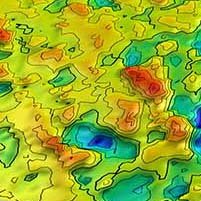
Researchers at the Luleå University of Technology and Scania in Sweden, recently investigated how surface topography influences oil film formation in tribological interfaces pertinent to gears. The study was oriented towards the improvement of fuel economy and sustainability. Jonny Hansen, a member of the research team, explains how Mountains® software was used to help achieve results.
Tailoring 2D semiconductor heterostructures with specific bandgaps is a key aspect of leveraging new quantum materials for electronics and optoelectronics, one of the hot topics for researchers currently working in nanotech. Craig Wall, applications scientist at Montana Instruments, recently investigated the subject using Mountains® software to analyze results from Raman spectroscopy and photoluminescence.

Bacterial infection of wounds is a major risk for patients undergoing skin grafts following severe burn injuries. Drs Monica Iliescu Nelea (left) & Michel Alain Danino, of the Plastic and Reconstructive Surgery Department at the University of Montreal Hospital Center (CHUM), Montreal, Canada are part of a group of researchers working on furthering medical understanding of this phenomenon.